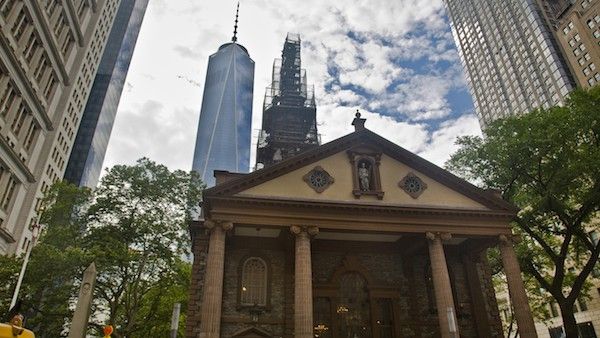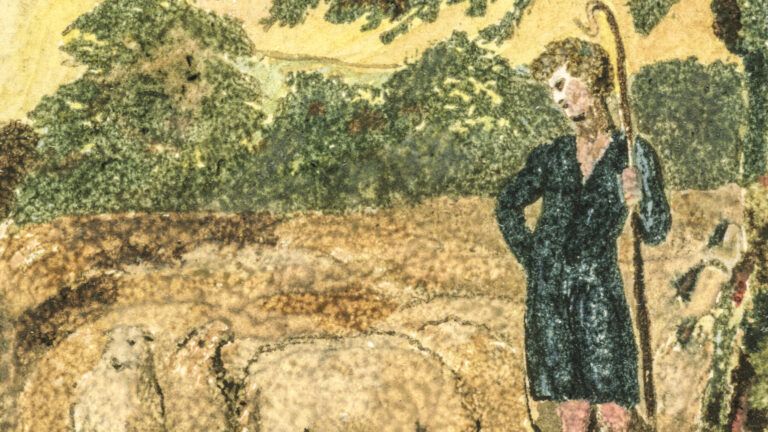I live and work in downtown Manhattan, so I walk by the historic St. Paul’s Chapel, aka “The Little Chapel that Stood,” almost daily.
It’s a beautiful church and a major tourist attraction. After all, George Washington once prayed there. And, of course, you might remember St. Paul’s from the role it played in the aftermath of 9/11. As both a place of rest for rescue workers (the marks from firefighters’ boots and equipment are still visible on the pews) and a living miracle.
The chapel is located just steps from Ground Zero. And yet, on 9/11, it somehow survived without a scratch. No broken windows. Even the steeple remained intact. Only one tree–a nearly 100-year-old sycamore in the church yard–fell. And it ended up serving as the chapel’s savior. According to the Associated Press, it was that tree that “prevented a huge steel beam from smashing the 235-year-old church to splinters. Uprooted by the impact, the tree paid the ultimate price. ”
Amazing, yes. But, mysteriously, not the chapel’s only tale of survival. I did a little digging and discovered that this isn’t the first time St. Paul’s Chapel experienced a miracle. The Daily News reported that the chapel also “stood unscathed” during the Great Fire of 1776, even when Trinity Church–located just a few blocks down on Broadway–was ruined.
I find this fascinating and perplexing. The chapel is a symbol of hope and perseverance, no doubt. But what does it mean that this little chapel has withstood so much, even when the world around it crumbled, not once but twice?
What do you think? Share your thoughts on the Little Chapel that Stood below.
For more inspiring stories, subscribe to Guideposts magazine.





